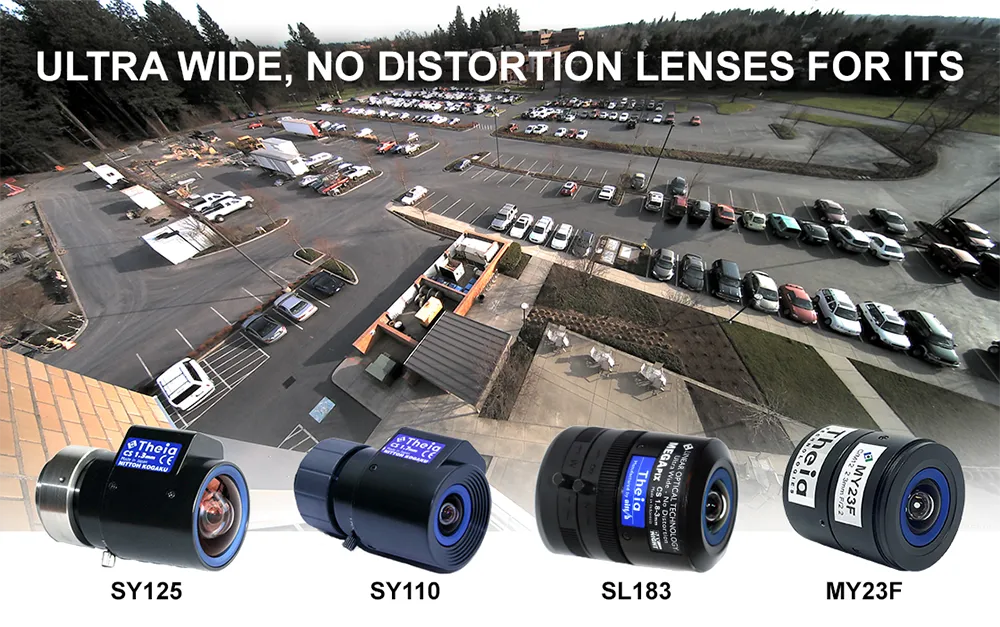
Imaging company
This new generation of image sensors also features an improved dark signal non uniformity, which is 10 times improved when compared to other CMOS products, says e2v. This allows cameras to perform better in high temperatures and enables long exposures to be used in low-light applications such as microscopes or outdoor cameras for surveillance, speed and traffic applications. e2v’s Emerald family comprises a 16MP (4096 x 4096 pixels), a 12MP (4096 x 3072 pixels) and an 8MP (4096 x 2160 pixels and include a one inch optical format, which can be interfaced with a compact C Mount lens.
The whole Emerald family features the same pixel, processing, readout structures and ceramic land grid array package to simplify integration. The new products have dedicated embedded features including high dynamic range modes, 8/10/12 bit analogue to digital converters, adaptable high speed outputs and a number of convenient power saving modes.
The new sensors are being showcased for the first time at Vision 2016..









